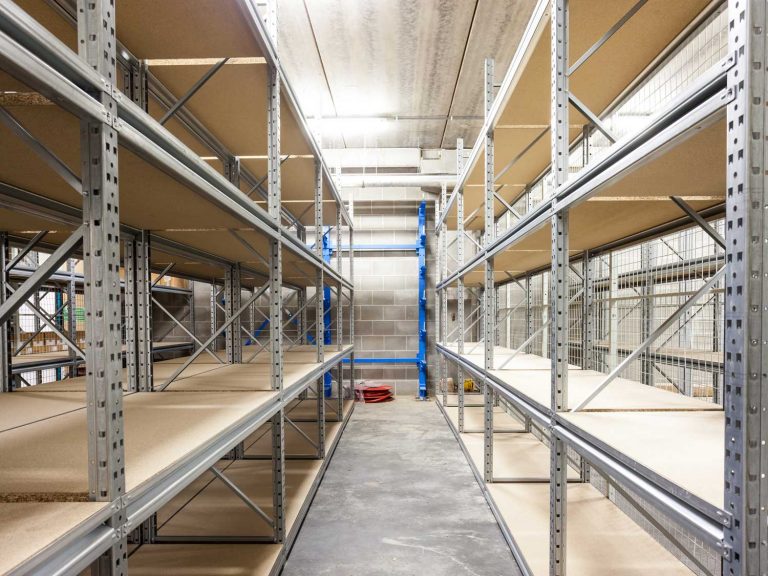
Date:
Supply chain weaknesses exposed by Covid
For decades, offshoring and global sourcing have offered lower labour and operating costs, wider product ranges and opportunities to reach new markets. The pandemic has exposed their supply chain vulnerabilities.
Customers are expecting faster and faster deliveries, but global supply chains take weeks and even months to land goods from overseas and lead times have been extended since the Coronavirus outbreak in early 2020. Owing to port congestion, raw material shortages, transportation bottlenecks/ delays and the HGV driver crisis.
The combination of national and local lockdowns and economic and political instability has highlighted three global supply chains weaknesses:
Lead times
The impact of the pandemic has profoundly challenged the effective management of extended supply chains, with average lead times from China increasing by 222% and from the US by 200%.
Raw material and component shortages are impacting verticals, with electronic components facing the biggest supply chain constraints, with lead times for the most important lines increasing from 16 weeks to over 52 weeks, with manufacturers increasingly running out of inventory.
Lower speed to market because of longer lead times, may also open doors for competitors, who can take market share by releasing products earlier.
Brexit poses even more challenges for unprepared UK manufacturers and exporters, with border delays and additional administrative burdens, extending lead times.
As a consequence, their end customers could potentially be liable to pay increased import tariffs, but also for extra costs throughout the supply chain, such as additional inventory holding and transportation costs.
Lack of diversification
Many businesses, keen to cut costs, have outsourced production, or sought oversea vendors, but Covid has highlighted the danger of excessive reliance on specific locations, regions or suppliers. And in the worst instances supplier, or supply chain collapse may put the businesses in significant danger.
Organisations faced significant challenges across the supply chain in the wake of the crisis and for the vast majority, over-reliance on vendors and manufacturers has led to shortages of critical parts, materials and orders. Exacerbated by difficulties in supply planning, due to a lack of information from the same suppliers.
In addition to the issues raised by the pandemic, if a single source or manufacturing base experiences any unpredictable or major event, or it is purchased by a competitor or runs into financial difficulties, customers that depend on it will be in jeopardy.
Lack of visibility
During the pandemic many companies have struggled to deal with an uptick in customer demand and overcome disruptions to their supply network with 72% (s. Capgemini) facing huge challenges in monitoring their end-to-end supply chain.
The main challenges reported by business owners, in a survey by Capgemini, was monitoring the location and status of their inventory and precisely tracking their transport capacity.
Without inventory visibility businesses struggle to scale up or down, to meet demand, or position products correctly, which all adds to difficulties in demand planning.
Difficulties with products being held up in ports or across borders has been common over the last 20 months and delayed shipments mean longer lead times, but without that visibility, executives cannot reconfigure the business’s expectations and control costs.
The lack of end-to-end visibility in global supply chains can expose companies to higher risk of disruption and those that don’t have transparent supply chains may suffer huge financial losses, because they don’t have enough information to identify disruptions and act accordingly.
Demand is driving change and supply chains need to be flexible, customer and solution driven, with end-to-end transparency and a single global inventory view, that supports efficient operations along the entire supply chain.
We work with our customers to improve their supply chain resilience in five key areas:
Understanding – We make it our key mission to recognise our customers requirements and expectations along with desired outcomes. With a thorough knowledge of what is needed we can contribute, create, design and provide all options available in the current market.
Visibility – Our cloud-based supply chain management platform, MVT, provides end-to-end visibility across their entire supply network, with global control down to item level.
Agility – Slower moving lines can be deferred, while priority orders can be highlighted and expedited, to increase speed to market and close the cash-to-cash cycle.
Diversification – With MVT, it is simple to monitor and add vendors. The system pro-actively manages and benchmarks vendors, product flows and outbound order data.
Contingency – MVT’s exception alerts and rules-based solutions, correct operational non-conformities, without human intervention, or alert users to issues outside set-parameters for corrective action.
For specific information, or to discuss how our technology could support your supply chain, please contact Simon George our Technical Solutions Director or Grant Liddell, for the latest innovation and initiatives that we have launched to underpin your own objectives.
